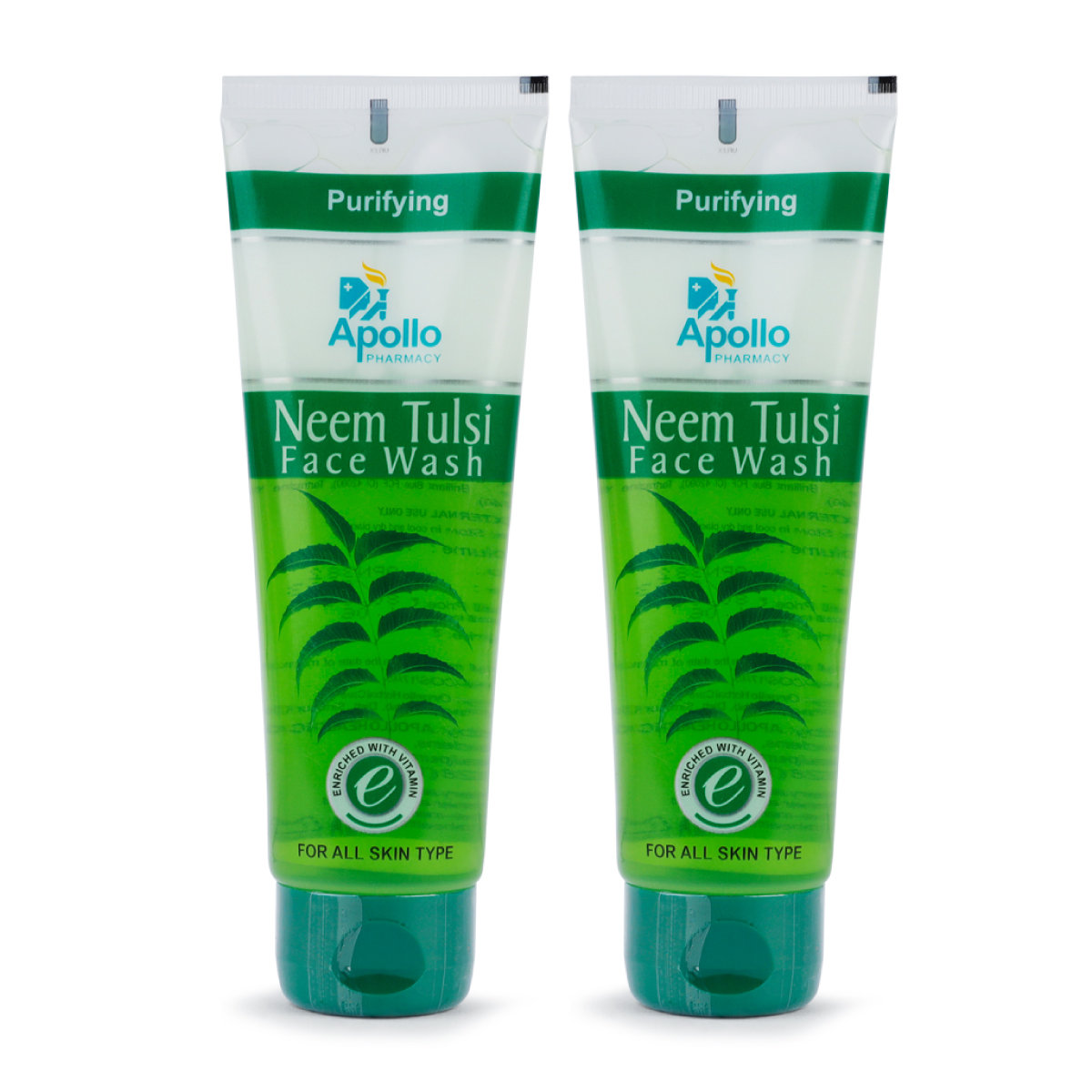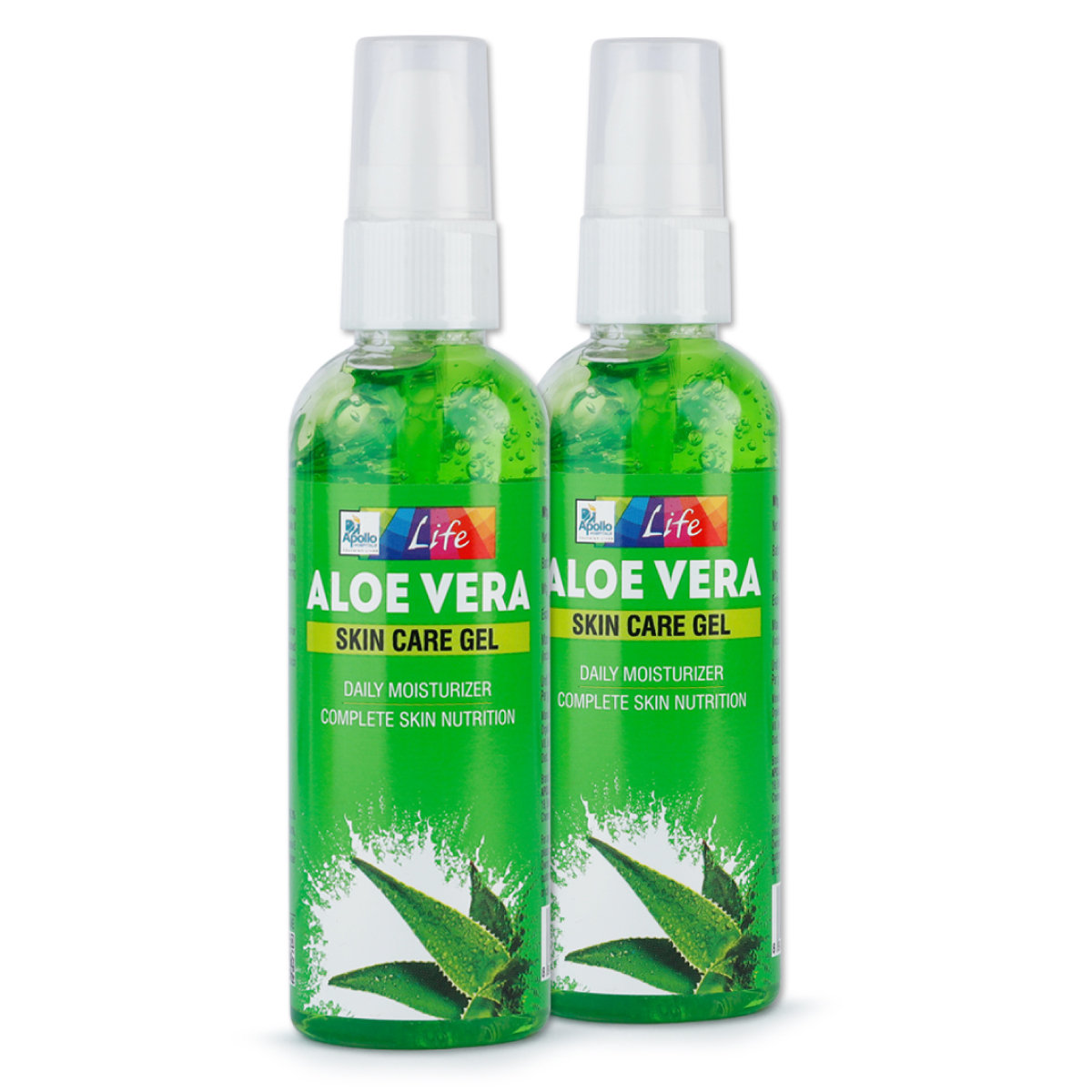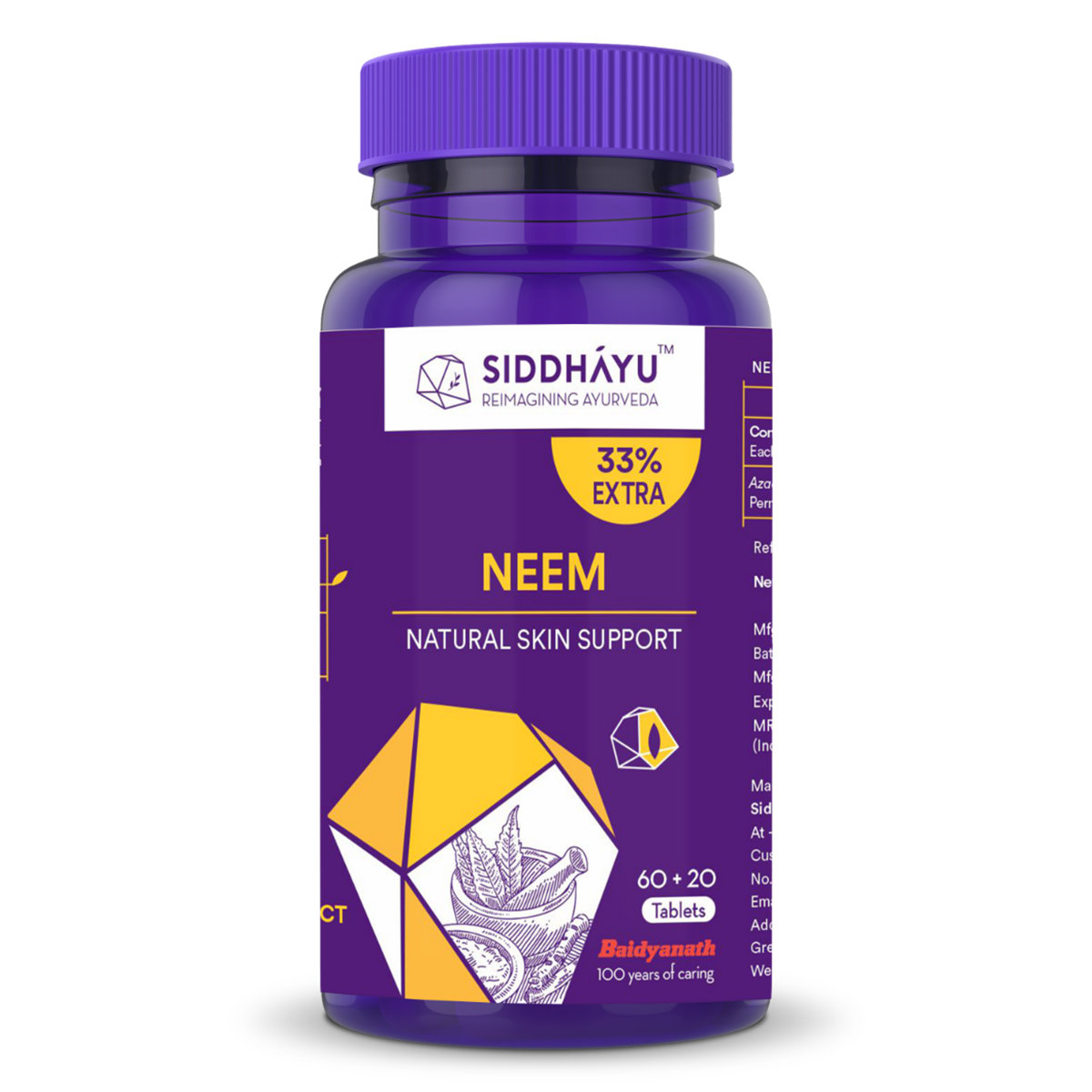BETASALIC 6 OINTMENT

MRP ₹76
(Inclusive of all Taxes)
₹11.4 Cashback (15%)
know your delivery time
Provide Delivery Location
Composition :
Manufacturer/Marketer :
Consume Type :
Expires on or after :
Return Policy :

Secure Payment

Trusted by 8 Crore Indians

Genuine Products
Therapeutic Class
Country of origin
Manufacturer/Marketer address
Author Details
We provide you with authentic, trustworthy and relevant information
Disclaimer
Alcohol
Safe if prescribed
Interaction of BETASALIC 6 OINTMENT with alcohol is unknown. Please consult your doctor before consuming alcohol while using BETASALIC 6 OINTMENT.
Pregnancy
Consult your doctor
If you are pregnant, consult your doctor before using BETASALIC 6 OINTMENT.
Breast Feeding
Consult your doctor
If you are breastfeeding, consult your doctor before using BETASALIC 6 OINTMENT. Do not apply BETASALIC 6 OINTMENT on the breast.
Driving
Safe if prescribed
BETASALIC 6 OINTMENT may not affect your driving ability.
Liver
Consult your doctor
If you have any concerns regarding the use of BETASALIC 6 OINTMENT in patients with liver problems, please consult your doctor.
Kidney
Consult your doctor
If you have any concerns regarding the use of BETASALIC 6 OINTMENT in patients with kidney problems, please consult your doctor.
Children
Safe if prescribed
BETASALIC 6 OINTMENT should be used with caution in children if prescribed by a doctor.
Product Substitutes
About BETASALIC 6 OINTMENT
BETASALIC 6 OINTMENT is a combination medicine of antibiotics and steroids used to treat bacterial skin infections. Bacterial skin infections include eczema (inflamed, itchy, cracked, and rough skin patches), psoriasis (uneven or bumpy red patches covered with white scales), and dermatitis (itchy inflammation of the skin). A bacterial infection is a condition in which harmful bacteria grow in the body and cause infection. It can infect any part of the body and multiply very quickly.
BETASALIC 6 OINTMENT is a combination of two drugs: Betamethasone (corticosteroid) and Gentamicin (antibiotic). Betamethasone belongs to the class of corticosteroids, which blocks prostaglandins production (chemical messengers) that make the affected area red, swollen and itchy. On the other hand, Gentamicin is an aminoglycoside antibiotic that prevents the synthesis of essential proteins required by the bacteria to carry out vital functions. It has broad-spectrum activity against aerobic Gram-positive and Gram-negative bacteria.
You are advised to use BETASALIC 6 OINTMENT for as long as your doctor has prescribed it for you, depending on your medical condition. Avoid contact of BETASALIC 6 OINTMENT with the nose, ears, mouth or eyes. In case BETASALIC 6 OINTMENT comes in contact with these areas accidentally, rinse with water thoroughly. You may sometimes experience itching, irritation, or burning sensation at the application site. Most of these side effects of BETASALIC 6 OINTMENT do not require medical attention and gradually resolve over time. However, if the side effects persist or worsen, please consult your doctor.
If you are pregnant or breastfeeding, please inform your doctor before using BETASALIC 6 OINTMENT. Apply BETASALIC 6 OINTMENT with caution near the eyes as BETASALIC 6 OINTMENT may lead to glaucoma if it gets into the eye. Do not cover or wrap the treated area with bandages unless advised by your doctor. Avoid smoking or going near naked flames as the fabric (bedding, clothing, dressings) in contact with BETASALIC 6 OINTMENT catches fire and burns easily, which is a serious fire hazard.
Uses of BETASALIC 6 OINTMENT
Medicinal Benefits Mweb
Key Benefits
BETASALIC 6 OINTMENT is a combination of two drugs, Betamethasone and Gentamicin, which reduce swelling, itching, and redness caused due to bacterial skin infections. Betamethasone is a corticosteroid that blocks prostaglandins' production (chemical messengers), making the affected area red, swollen, and itchy. Betamethasone effectively treats inflammation and itchiness. Gentamicin is an aminoglycoside antibiotic that prevents bacteria from synthesising essential proteins required by bacteria to carry out vital functions. Collectively, BETASALIC 6 OINTMENT used to treat various bacterial skin infections, such as eczema (inflamed, itchy, cracked, and rough skin patches), psoriasis (skin cells multiply rapidly to form bumpy (uneven) red patches covered with white scales), and dermatitis (itchy inflammation of the skin).
Directions for Use
Side Effects of BETASALIC 6 OINTMENT
- Mild irritation
- Itching of the skin
- Dry skin
- Skin redness
- Burning sensation at the site of application
Drug Warnings
Do not use BETASALIC 6 OINTMENT if you are allergic to Betamethasone, Gentamicin, or other medicines. If you are pregnant or breastfeeding, please inform your doctor before taking BETASALIC 6 OINTMENT. Do not use BETASALIC 6 OINTMENT on children unless prescribed by the doctor. Do not wrap or cover the treated area with bandages unless advised by your doctor, as it may increase the risk of side effects. Do not use BETASALIC 6 OINTMENT in more than prescribed doses or on a large area of skin for a longer duration, as it may cause side effects and makes skin more sensitive to BETASALIC 6 OINTMENT. Do not swallow BETASALIC 6 OINTMENT. In case of accidental swallowing, please consult a doctor. If you have acne, perioral dermatitis (redness and swelling of the skin around the mouth), rosacea (redness and often red, small, pus-filled bumps on the face), glaucoma, cataracts, ear or eye infections due to fungus, a hole in the eardrum, syphilis (a bacterial infection), chickenpox or sores, athlete’s foot, broken veins or skin ulcers, tuberculosis, please inform your doctor before taking BETASALIC 6 OINTMENT.
Drug-Drug Interactions
Drug-Drug Interactions
Login/Sign Up
Drug-Food Interactions
Drug-Food Interactions
Login/Sign Up
Drug-Diseases Interactions
Drug-Diseases Interactions
Login/Sign Up
Habit Forming
Special Advise
- Please consult a dermatologist if the symptoms persist or worsen after using BETASALIC 6 OINTMENT for 1 month.
- Do not use BETASALIC 6 OINTMENT on dressing, band-aids, and make-up unless told by the doctor.
Diet & Lifestyle Advise
- Eat foods rich in quercetin (a flavonoid), such as apples, cherries, broccoli, spinach and blueberries.
- Consuming food rich in probiotics helps in developing the immune system against allergies.
- Limit intake of food that might trigger allergies, such as dairy products, soy, eggs, and nuts.
- Avoid the consumption of foods with excess sugar, as it may flare up inflammation.
- Include fruits, vegetables, whole grains, healthy fats, and fish.
- Avoiding getting in contact with harsh soaps, detergents and rough fabrics.
All Substitutes & Brand Comparisons
RX
STERNON G OINTMENT 20GM
Palsons Drugs & Chemical Industries Pvt Ltd
₹94
(₹4.23/ 1gm)
23% COSTLIER

Have a query?
Buy best Skin Disorders products by
Sun Pharmaceutical Industries Ltd
Glenmark Pharmaceuticals Ltd
Cipla Ltd
Oaknet Healthcare Pvt Ltd
Ranbaxy Laboratories Ltd
Salve Pharmaceuticals Pvt Ltd
Torrent Pharmaceuticals Ltd
Dr Reddy's Laboratories Ltd
Karlin Pharmaceuticals & Exports Pvt Ltd
Merck Ltd
Micro Labs Ltd
Abbott India Ltd
Alkem Laboratories Ltd
East West Pharma India Pvt Ltd
Intas Pharmaceuticals Ltd
Leeford Healthcare Ltd
Mohrish Pharmaceuticals Pvt Ltd
P and P Dermaceuticals Pvt Ltd
Surecare Pharma Pvt Ltd
Wockhardt Ltd
Canixa Life Sciences Pvt Ltd
Geno Pharmaceuticals Pvt Ltd
GlaxoSmithKline Pharmaceuticals Ltd
Apex Laboratories Pvt Ltd
Dabur India Ltd
Fourrts India Laboratories Pvt Ltd
Fulford India Ltd
Indi Pharma Pvt Ltd
Lupin Ltd
Mankind Pharma Pvt Ltd
Monichem Healthcare Pvt Ltd
Novartis India Ltd
NuLife Pharmaceuticals
Saf Fermion Ltd
Wallace Pharmaceuticals Pvt Ltd
A. Menarini India Pvt Ltd
Acme Corporation
Ajanta Pharma Ltd
Alembic Pharmaceuticals Ltd
An Pharmaceuticals Pvt Ltd
Apple Therapeutics Pvt Ltd
Biocon Ltd
Comed Chemicals Ltd
Dwd Pharmaceuticals Ltd
Dynamic Techno Medicals
E Merck India Ltd
H&H Pharmaceuticals Ltd
Hegde & Hegde Pharmaceutica Llp
Kaizen Pharmaceuticals Pvt Ltd
Klm Laboratories Pvt Ltd
Kremoint Pharma Pvt Ltd
Liva Health Care Ltd
Macleods Pharmaceuticals Ltd
Menarini India Pvt Ltd
Shalaks Pharmaceuticals Pvt Ltd
Stedman Pharmaceuticals Pvt Ltd
Unichem International
Yash Pharma Laboratories Pvt Ltd
Zee Laboratories Ltd
Adonis Laboratories Pvt Ltd
Alive Pharmaceutical Pvt Ltd
Amwill Healthcare Pvt Ltd
Apple Pharmaceuticals
Athens Labs Ltd
Aventis Pharma
Bayer Corporation
Bayer Pharmaceuticals Pvt Ltd
Bellissa Pharmaceuticals Pvt Ltd
Biochem Pharmaceutical Industries Ltd
Bion Therapeutics (I) Pvt Ltd
Blue Cross Laboratories Pvt Ltd
Cadila Healthcare Ltd
Cadila Pharmaceuticals Ltd
Centaur Pharmaceuticals Pvt Ltd
Concept Pharmaceuticals Ltd
Corona Remedies Pvt Ltd
Cosme Healthcare
DR Johns Lab Pharma Pvt Ltd
Dan Laboratories
Dermocare Laboratories Gujarat Llp
Dollar Company Pvt Ltd
Elder Pharmaceuticals Ltd
Emcee Pharmaceuticals (P) Ltd
Eskon Pharma
FDC Ltd
Fem Care Pharma Ltd
Finn Cosmeceutical Pvt Ltd
Galaxus Pharmaceuticals
Galaxy Biotech
Galderma India Pvt Ltd
Gary Pharmaceuticals Pvt Ltd
Gland Pharma Ltd
Gopish Pharma Ltd
Grefith Life Sciences Pvt Ltd
Ind Swift Laboratories Ltd
Indus Life Sciences Pvt Ltd
Insula Pharmaceuticals Pvt Ltd
Intermed Pharma Pvt Ltd
Intra Labs India Pvt Ltd
Janssen Pharmaceuticals Pvt Ltd
Frequently Bought Together






